Why should cities and states across the country embrace initiatives to make commuting and traveling safer for bicyclists and pedestrians? The answer is simple: alternative modes of transportation encourage individual and public health, increase the quality of life in a community, and can reduce spending.
How can streets across America be made safer for bicyclists and pedestrians? Cities and states across the country begin by committing to the following process.
Acknowledge The Problem
The first step to fixing a problem is acknowledging that one exists. Cities and states must review accident statistics and understand that traffic accidents involving cyclists and pedestrians are a problem. While the overall number of traffic accidents and injuries has declined in recent years, the rate of bicyclist and pedestrian deaths has actually risen.
Researching specific accident trends in a state or local area will help to direct all initiative efforts.
Set Goals & Benchmarks
Many states and cities across the country are setting goals to reduce the rate and severity of traffic accidents. Setting goals indicates (1) governments understand a problem exists and (2) steps are being taken to fix the issue.
Most states in the country have published goals to:
- Increase walking
- Increase biking
- Reduce pedestrian fatalities, and
- Reduced bicyclist fatalities.
The only way to accomplish these goals is by taking affirmative steps to solve the problem. Once a goal is established, governments must invest in tracking and analyzing bicyclist and pedestrian safety. Thoroughly understanding how different safety initiatives affect traveler safety will be essential to success.
Evaluate Legal Options
Governments must also assess the strength of state and local traffic laws. Many states and local municipalities have laws on the books that encourage public safety. Mandatory bike helmet laws, bans on texting and walking, and safe passing regulations have become increasingly popular in recent years. Requiring and/or prohibiting certain behaviors can help to support safer roads.
Governing bodies can consult accident statistics to determine which law(s) would help to combat the type of traffic accidents that are most prevalent in a certain place.
Consider Safe Infrastructure Designs
Many roads, particularly those in urban areas, are not designed to keep bicyclists and pedestrians safe. Changing the infrastructure in a city or town can be difficult. However, there are many safety measures that can be installed fairly easily and at a very low cost.
Safe infrastructure designs can include:
- Dedicated bike and pedestrian lanes
- Dedicated bicycle corridors
- Pedestrian bridges and tunnels
- Bumpers and/or other boundaries between dedicated bike lanes and highways
- Traffic calming measures to reduce the speed of traffic (e.g., speed humps)
- Increased visibility at intersections
- Striped bike boxes
- Additional bike parking, and
- Additional and more visible signage.
When roads are safer for bicyclists and pedestrians, more people will choose to ditch their car. Until roads are safe, however, the fear of being injured in an accident may be a deterrent to switching to an alternative mode of transportation.
Embrace Education
Safe roads are only half of the equation. All travelers – including drivers, bicyclists, and pedestrians – must know how to share the road safely. Governments should make educational information widely available to all individuals who will travel on local roadways.
Education efforts that can help to make streets safer for bicyclists and pedestrians include:
- Community bicycle safety seminars
- Posting information about local traffic laws and personal legal duties
- Holding programs in local schools to increase awareness about how to bike and walk safely
- Providing access to safety information
- Providing information about when, where, and why accidents happen
- Teaching new riders how to communicate with others by using hand signals
- Increasing awareness about the dangers of drunk driving, riding, and walking
- Increasing awareness about the dangers of distractions, and
- Increasing signage to alert all travelers that they must share the road.
Roads will be safer for pedestrians and bicyclists when (a) local and state governments embrace safety initiatives and (b) individuals take increased responsibility for their own safety.
For more information, see our benchmarking report and more information on past benchmarking reports.

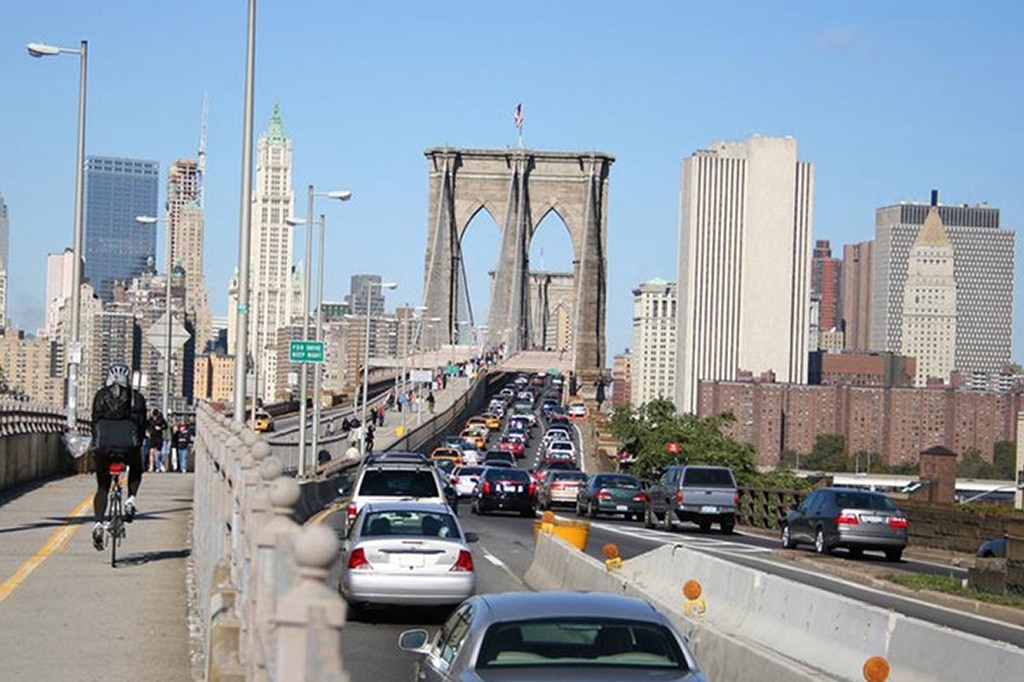
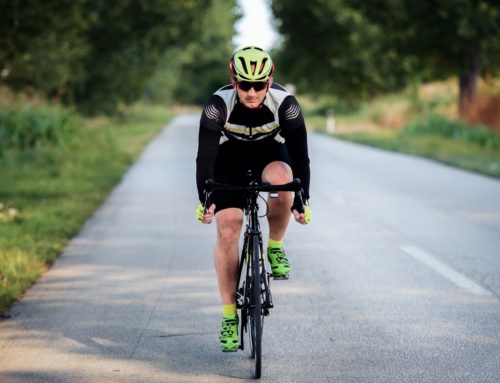
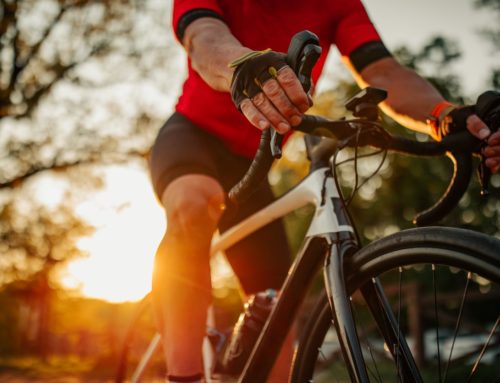
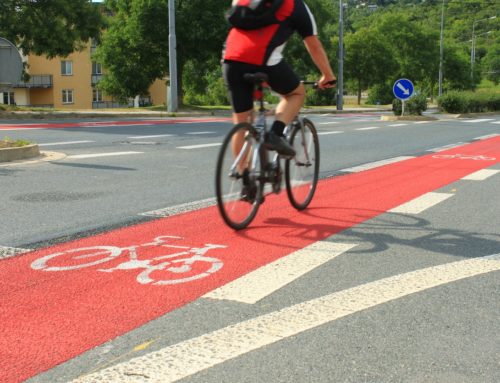
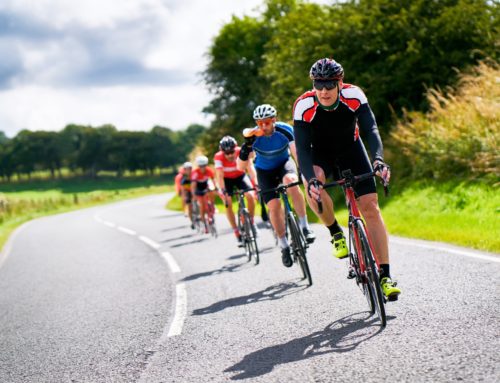
Leave A Comment